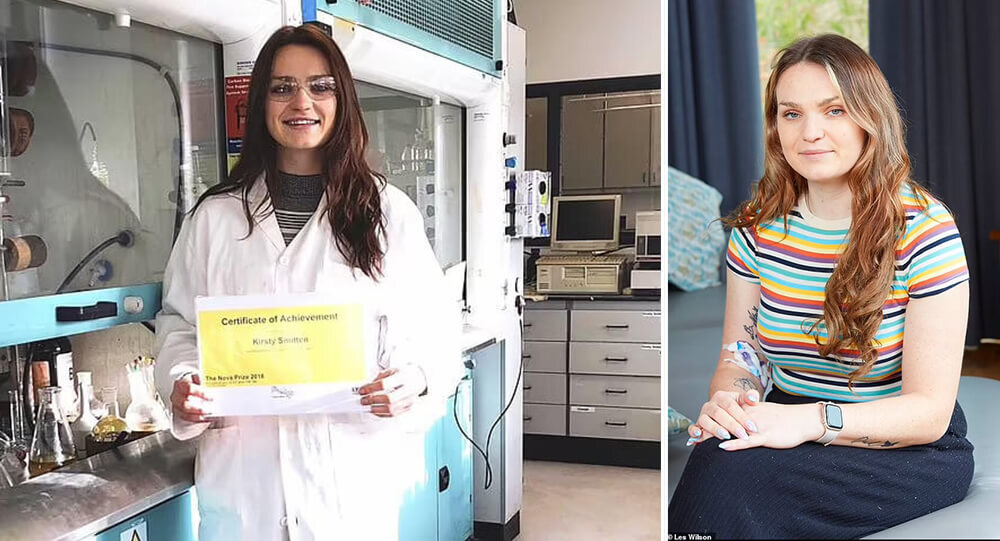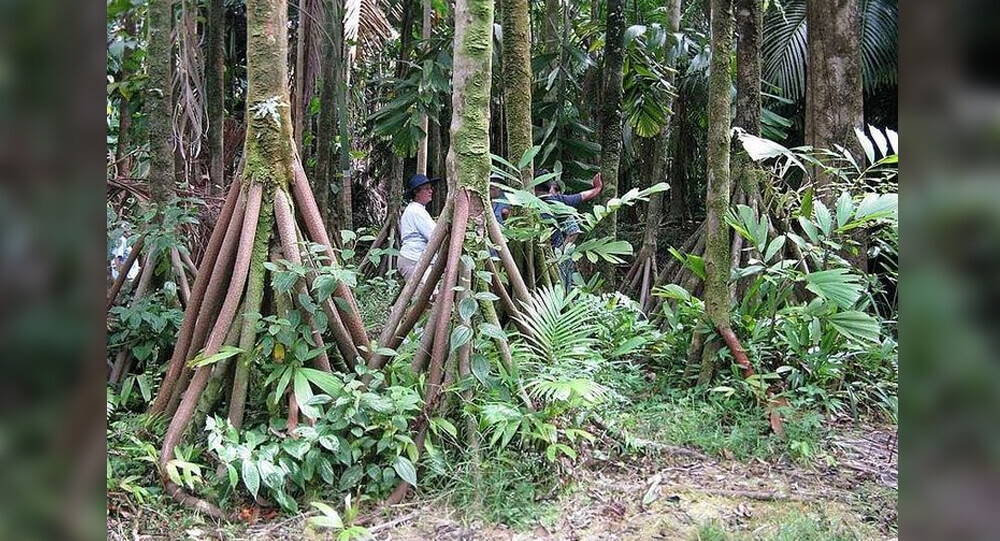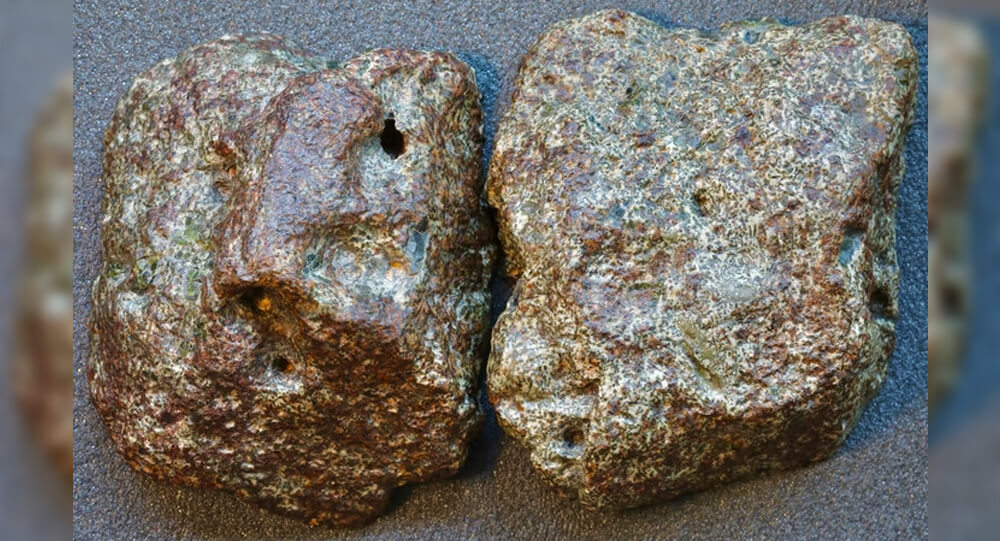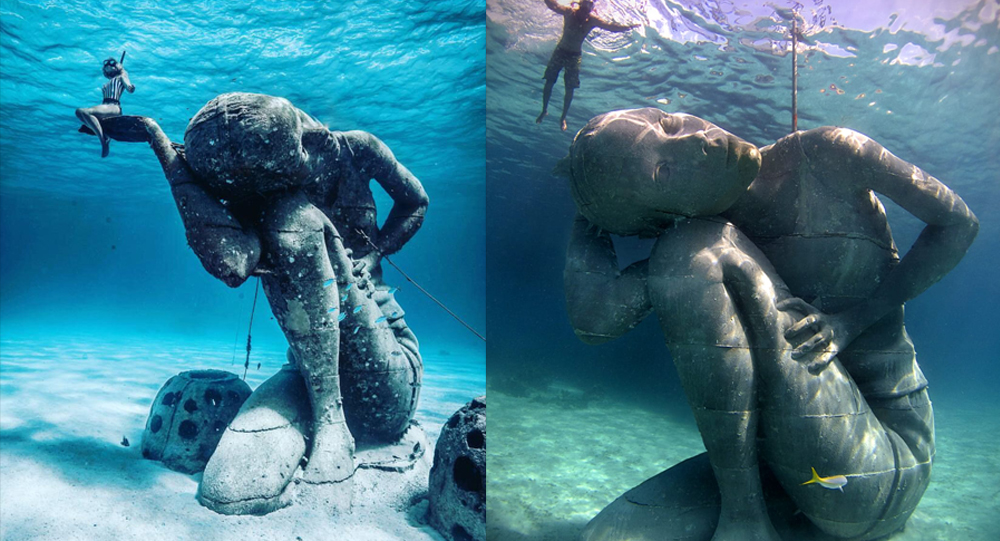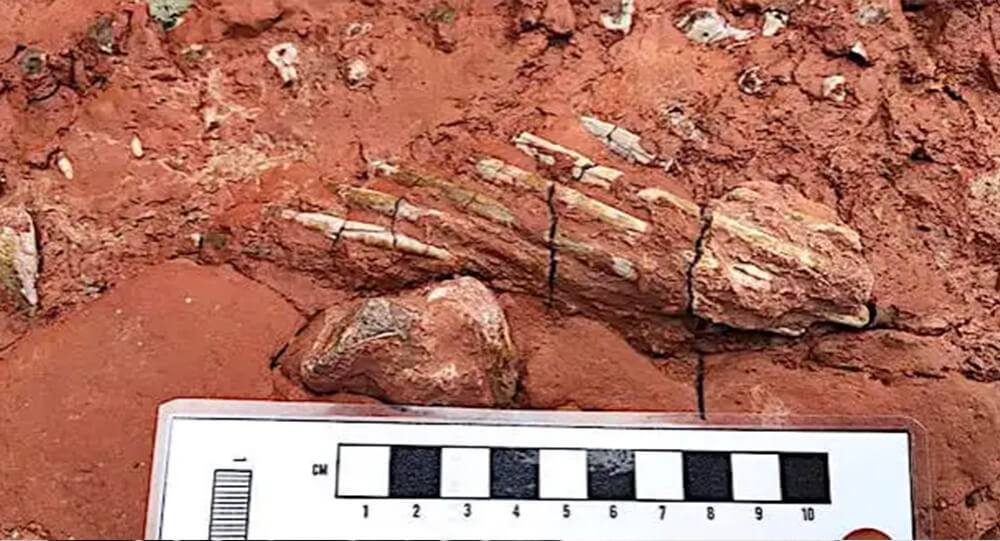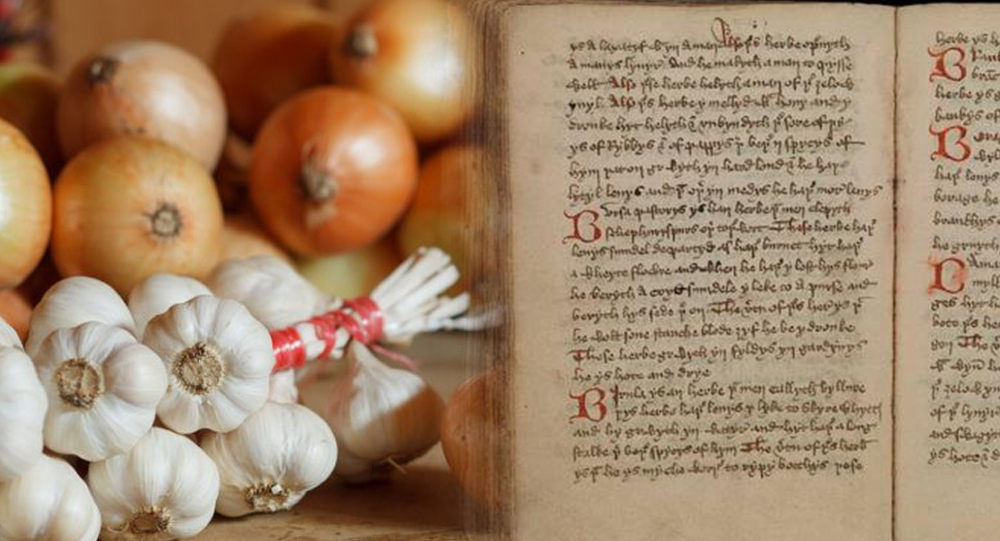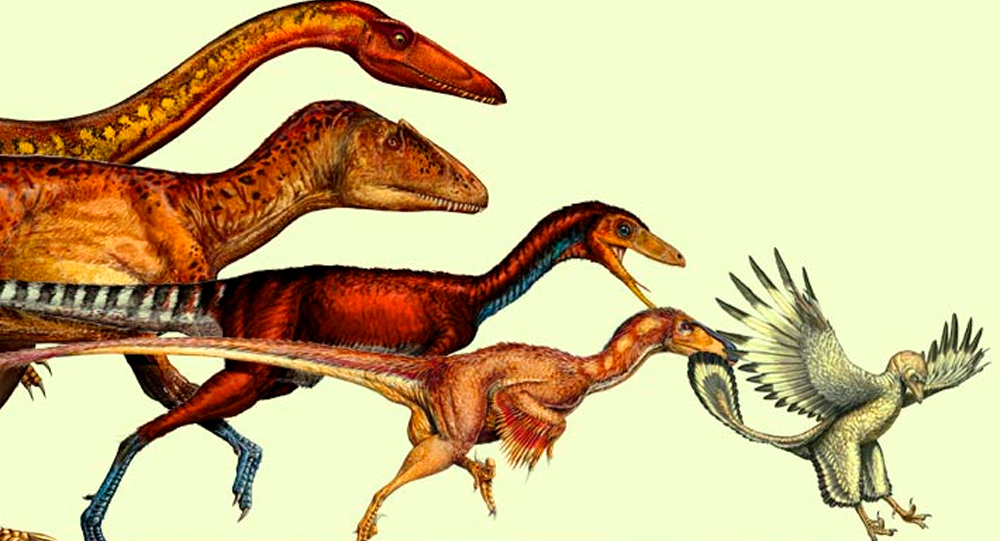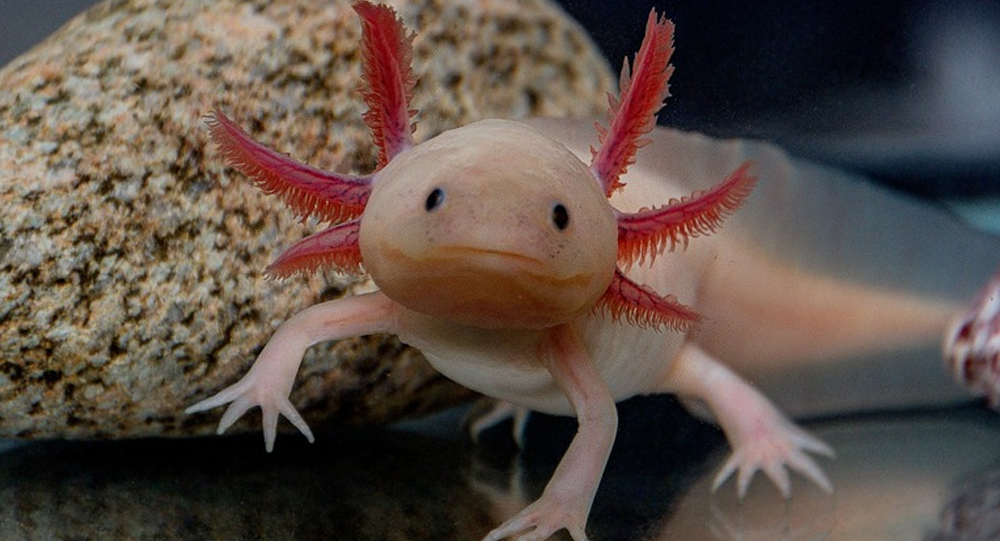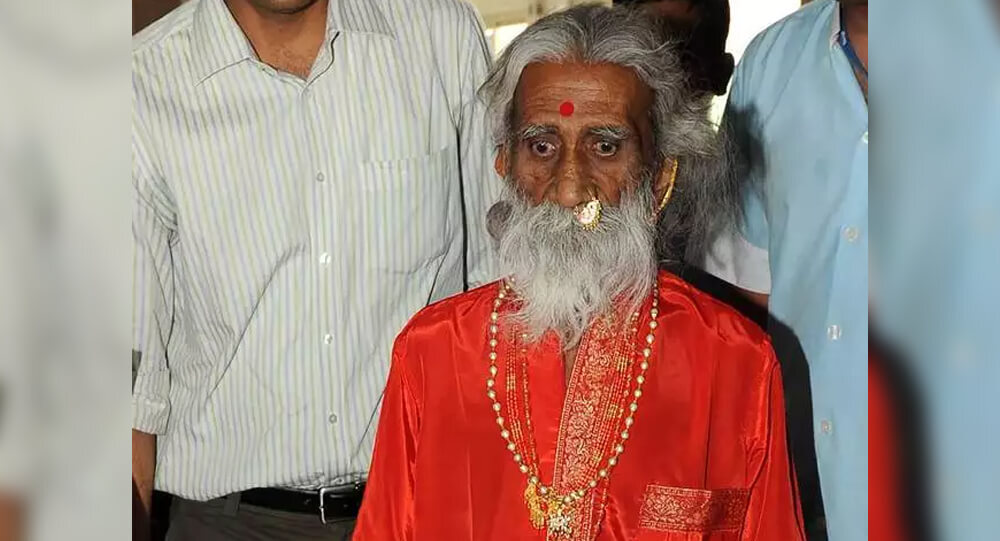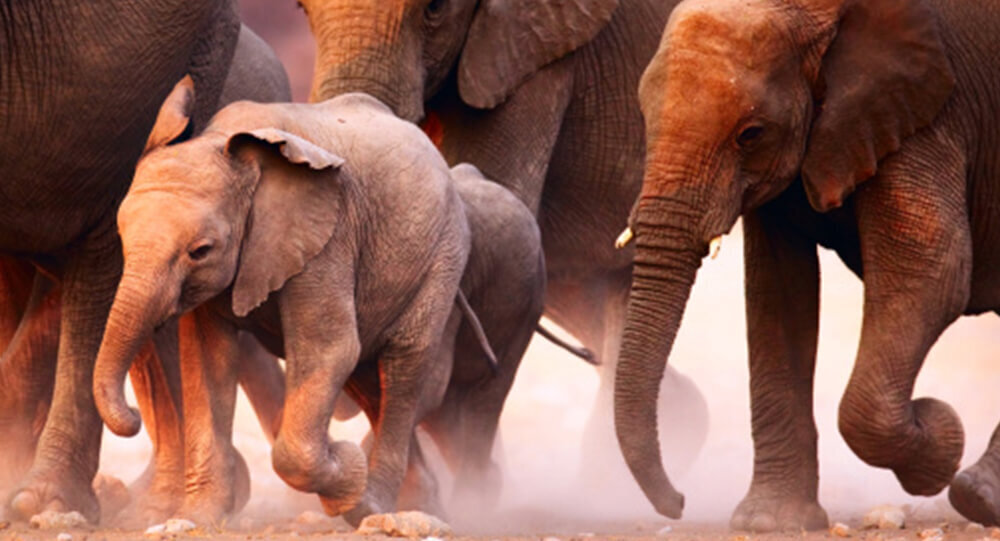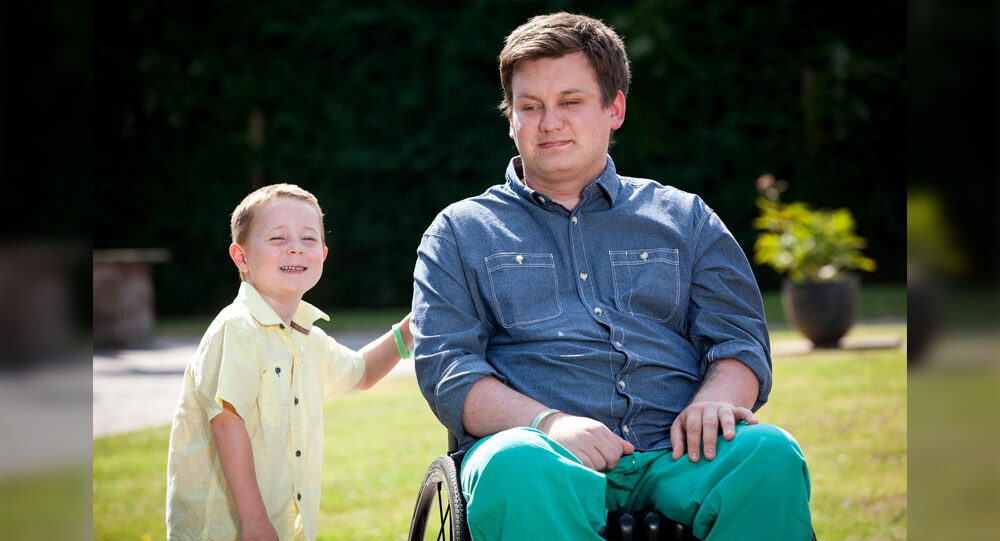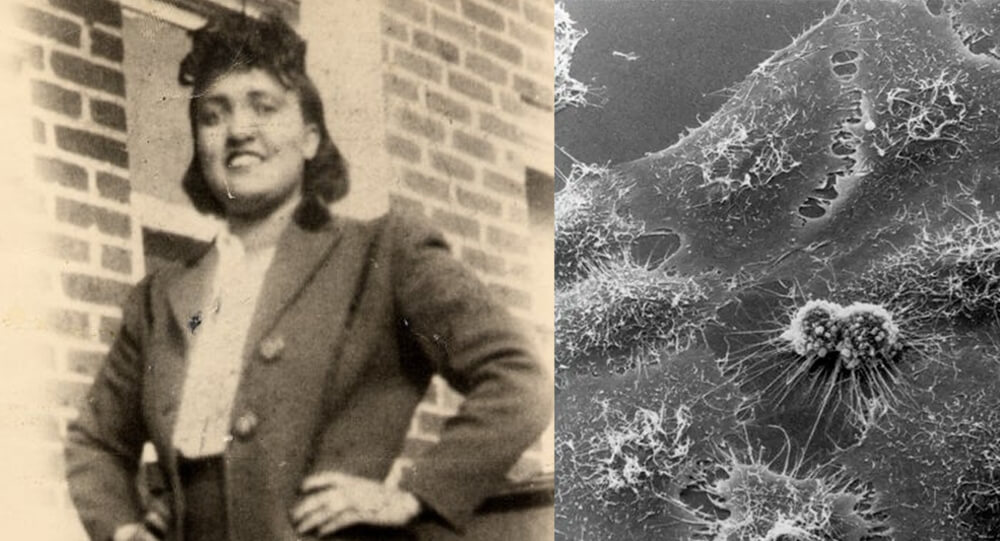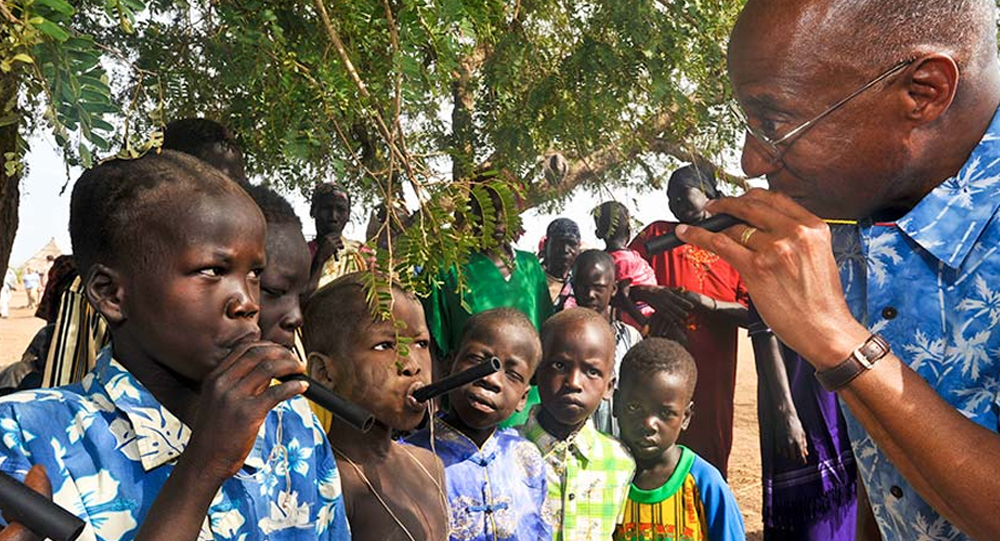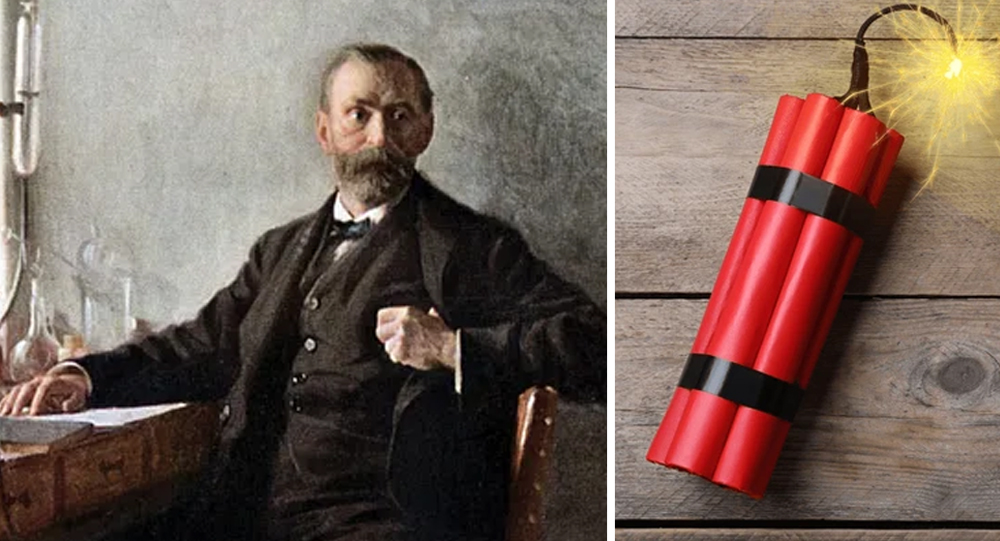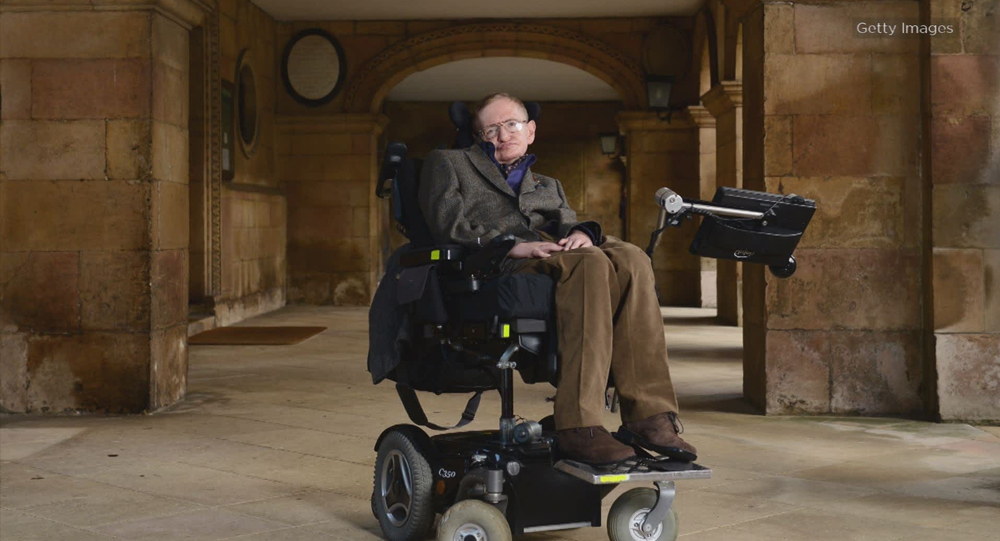
In a pioneering experiment by scientists at the University of California, Davis and the University of Iowa, pigeons were trained to identify cancerous breast tissue images from non-cancerous ones using a computer touchscreen and food rewards. Remarkably, the birds reached accuracy rates comparable to trained human observers—a feat that initially stunned researchers.
This capability was not due to rote memorization: pigeons successfully generalized their visual learning to new, unseen images, demonstrating genuine pattern recognition abilities. The study highlighted pigeons’ sharp visual processing and impressive learning speed, completing the tasks in just two weeks.
How Pigeons Learn to Detect Cancer

The training procedure involved showing pigeons digitized microscope slides of benign and malignant breast tissues. The birds learned to peck at a certain colored button for cancerous images, receiving a food pellet for correct responses. Testing with rotated, color-altered, and compressed images revealed that pigeons didn’t rely simply on superficial cues; they responded to complex visual patterns associated with cancer.
Pigeons also showed aptitude in recognizing microcalcifications—tiny calcium deposits visible in mammograms that can indicate early breast cancer—although they found classifying suspicious masses more challenging, mirroring the difficulties faced by human specialists.
What Does This Mean for Medical Diagnostics?
While pigeons will not replace professional pathologists or radiologists anytime soon, their ability to discriminate subtle visual details offers valuable insight into human diagnostic processes. Researchers suggest pigeons could serve as “bio-assistants” to help validate and improve automated computer algorithms that classify medical images, refining diagnostic precision.
The concept of “flock-sourcing”—aggregating decisions across multiple pigeons—yielded astonishing 99% diagnostic accuracy, paralleling expert human performance. This collective intelligence model presents exciting potential for crowdsourced or AI-assisted diagnostics inspired by nature.
Fascinating Trivia About Pigeons and Cancer Detection
- Pigeons’ vision is four times sharper than humans’ in color discrimination, aiding their visual learning.
- Their ability to generalize learning to novel images shows cognitive flexibility uncommon in species outside primates.
- The “Clever Hans effect” was ruled out using automated tests without human observers present.
- Pigeons have been trained in other complex tasks like identifying gorillas in jungle images, showing wide applicability.
- Visual pattern recognition in pigeons can inform neuroscience and machine learning research.
- Training relies on “operant conditioning,” rewarding correct choices with food, a powerful motivator.
- Human pathologists typically require years of training to reach expertise pigeons attained in weeks.
- These findings challenge assumptions about animal intelligence and cross-species perceptual similarities.
Nature and Technology Unite Against Cancer
The discovery that pigeons can detect cancer with near-human accuracy is a captivating breakthrough straddling biology, medicine, and technology. Their unique visual abilities shed light on how we perceive complex images and offer promising collaboration avenues to enhance medical diagnostics.
This research encourages further exploration of animal cognition and biomimicry to create smarter diagnostic tools and strengthen our fight against cancer.
If this fascinating intersection of nature and medicine intrigued you, share this article to inspire curiosity and innovation in health science worldwide.
Sources & Further Reading:
- University of California, Davis: Pigeons Distinguish Cancerous Breast Tissue (2015)
- BBC News: Pigeons Identify Breast Cancer as Well as Humans (2015)
- PLOS One: Research on Pigeons’ Visual Diagnosis Ability
- Scientific American: Using Pigeons to Diagnose Cancer (2015)
- National Institutes of Health: Animal Training and Medical Imaging Studies
These sources provide detailed scientific reporting and analysis on pigeons’ remarkable diagnostic capabilities and their implications for medical research.

How did Howard Florey discover penicillin
Penicillin was discovered by Alexander Fleming, but he never attempted to turn it into an antibiotic. It wasn't until ten years later that Howard Florey discovered Fleming's obscure paper and understood the mold's potential. Up to 200 million lives may have been saved as a result of Florey's work.

The Giant Mirrors Brought Sunlight to Rjukan
Due to the steep mountains that surround it, the town of Rjukan, Norway, doesn't receive any natural sunlight from September to March. They placed large mirrors in the town square to reflect light. The mirror follows the path of the sun and moves every 10 seconds to create a 600m squared light pool.

A 28-year-old scientist could win a Nobel Prize for creating new class of antibiotics
A 28-year-old scientist could receive the Nobel Prize for developing a new class of antibiotics that fight drug-resistant bacteria, but she only has months to live after being diagnosed with incurable heart cancer, and she says "There aren't words to express how sad I feel' about not seeing award."

The “Walking” Palm, tree species can walk up to 65 feet each
This tree species can walk up to 65 feet each year to find the best habitat to live in.

What makes bananas radioactive?
Yes, It is true that bananas contain radioactive substances. But the same can be said for spinach, potatoes, oranges, Brazil nuts, kitten litter, granite counter tops, even the air you breathe! Radioactivity is unavoidable and all around us. So, what exactly is it?

Megamouth Shark And Her Babies Found Dead In The Philippines
Filipino zoologists have recorded a pregnant megamouth shark for the first time ever since the rare aquatic specie was discovered in 1974.

The Astonishing Case of Sanju Bhagat: Living with a Twin Inside Him for 36 Years
Sanju Bhagat, an Indian farmer, lived with an undiagnosed parasitic twin inside his abdomen for 36 years. In 1999, doctors discovered the twin during surgery. This rare condition, fetus in fetu, occurs when a malformed twin is absorbed during pregnancy, surviving within the host sibling's body.

Meteorite found in Sahara Desert older than the earth
This Sahara Desert Meteorite was discovered to be older than the earth itself. This Meteorite is estimated to be 4.6 billion years old, while earth is estimated to be 4.54 billion years old.

Ocean Atlas: Exploring the World’s Largest Underwater Sculpture in the Bahamas
On the western coast of New Providence in Nassau, Bahamas, there is a tourist attraction that you can dive down to see. Called Ocean Atlas, this is the largest single underwater sculpture ever installed. It depicts a local Bahamian girl carrying the weight of the ocean, in reference to the Ancient Greek myth of Atlas holding up the heavens.

Canadian Schoolteacher Discovers a Fossil That May Be 300 Million Years Old
School teacher discovers extremely rare fossil of unknown animal that maybe 300 million years old. One high school teacher was walking her dog when she made a once-in-a-lifetime find. It turns out that the fossil is probably 300 million years old and came from an extinct species of reptile.

Woman's transplanted 'man hands' became lighter and more feminine over time
After losing both arms in an accident, an Indian girl received limbs from a male donor. The donor hands, which were formerly huge and hairy, changed skin tone and became thin and feminine over time to mix in with her body.

Medieval Medicine: A 1,000-year-old onion and garlic salve kills modern bacterial superbugs
Scientists recreated an Anglo-Saxon manuscript-based 9th century onion and garlic eye remedy and discovered that it killed 90% of antibiotic-resistant staph bacteria (MRSA).

The Evolution of Flight: From Dinosaurs to Birds – A Journey Through Time and Science
Flight is one of nature’s most remarkable adaptations, but its origins trace back millions of years before modern birds took to the skies. Emerging from theropod dinosaurs during the Jurassic period, birds evolved feathers, wings, and lightweight bodies that enabled powered flight. This detailed narrative explores the fascinating evolutionary path from ground-dwelling dinosaurs to the aerial masters of today, blending science, intriguing fossil finds, and surprising trivia about our feathered ancestors.

The Mystery of the Darvaza Gas Crater: A 50-Year Inferno
Scientists lit a hole filled with natural gas on Fire in 1971, expecting it would burn only for few days. The hole has been burning for the past 48 years & is called "The Door To Hell".

Why Some Animals Can Regenerate Limbs and What Science Says About Human Possibilities
Certain animals possess the extraordinary ability to regenerate lost limbs, a process that has fascinated scientists and inspired hopes for human medical breakthroughs. From salamanders’ perfect limb regrowth to starfish’s incredible body regeneration, this article explores how and why these animals can perform such feats, the biological mechanisms underpinning regeneration, and what cutting-edge research means for the future of human limb regeneration.

This Yogi Spent 76 Years Without Eating or Drinking Anything and Confirmed by
Prahlad Jani, the starving monk who lived 76 Years without food and water.

The Unique Grana Double Tree of Piedmont, Italy
The “Grana Double Tree” in Piedmont, Italy is a highly unusual tree, which consists of a cherry tree growing atop a mulberry tree. It is essentially a two-species, two-tiered hybrid duplex.

Earthquakes: Can Animals Really Predict Them?
In 1975, when officials in the Chinese city of Haicheng were alarmed by odd and anxious behaviors of dogs and other animals. These observations led them to order 90,000 residents to evacuate the city. Only a few hours later a 7.3 magnitude earthquake destroyed nearly 90% of the city’s buildings.

Man gave his stem cell fund to a disabled boy
Dan Black, who was paralyzed in a bike accident, spent four years raising 20,000 for a stem cell treatment that could let him walk again. However, after learning about a five-year-old boy with cerebral palsy, he donated the funds for the boy's medical treatment in order to enable him to take his first steps.

Henrietta Lacks: Who Was She? Here's how HeLa cells became necessary for medical research
Henrietta Lacks was died in 1951. The tumor that killed her has been alive and growing to this day. The tumor is immortal and was used to progress the Polio vaccine and is the jumping point for most human cell research to this day. Scientists have grown some 20 tons of her cells.

Dr. Donald Hopkins: From Smallpox Eradication to Near-Ending Guinea Worm Disease
Dr. Donald Hopkins helped eradicate Smallpox, and is on the verge of killing another disease. He's taken Guinea Worm Disease down from 3.5 million cases a year to just 28 cases last year.

How a Headache Cure Experiment Led to the Invention of Dynamite
Alfred Nobel discovered dynamite while experimenting with nitroglycerin, a volatile liquid he also took in tiny doses for headaches. Ironically, the explosive that made him wealthy and feared also eased pain—later inspiring his legacy as founder of the Nobel Prizes.

Stephen Hawking’s Warning: Humanity Has Less Than 200 Years to Escape Earth’s Limits
Stephen hawking says humanity won't survive without leaving earth. In fact, human beings may have less than 200 years to figure out how to escape our planet

Inspiring story of Jono Lancaster, Abandoned by His mother at birth for this 'defect' on his face
When Jono Lancaster was just 36 hours old, his parents left him for adoption because he was suffering from Treachers Collins Syndrome, a genetic disorder which hampers facial bones development. Now he is an inspirational speaker, a professional model and a teacher, giving inspiration to millions

Mystery of 300-year-old mummified mermaid is being probed
There is a 300-year-old mummified mermaid with 30 centimetres tall and features a human-like head, two hands with what appear to be fingernails, and its lower body that look like a fish tail. The “mermaid mummy” is being probed by Japanese scientists in an attempt to unravel the mystery of its existence.



